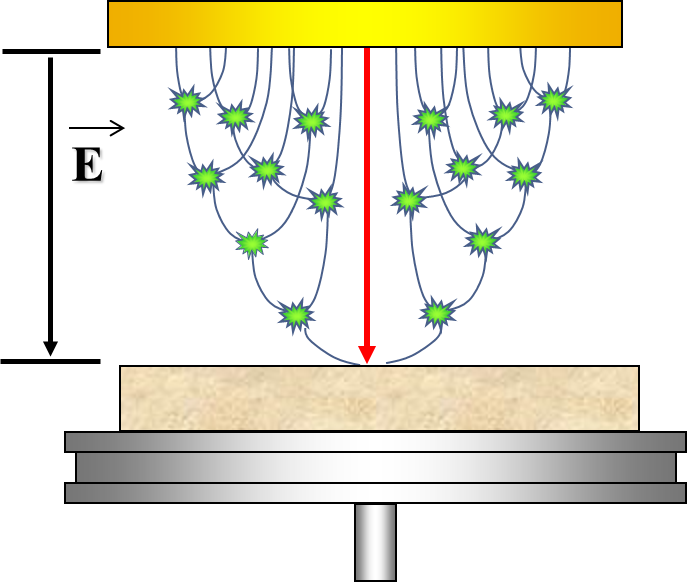Electron microscopy is well established as one of the most  powerful tools for the study of microstructure. Low vacuum instruments represent the latest evolution of scanning electron microscopes, and can offer a much richer variety of information on specimen characteristics. These tools allow routine examination of dielectric and insulating materials while avoiding complications due to charging effects. However, the processes that give rise to secondary electron emissions are complex, and not well understood for these materials. Furthermore, the presence of a low pressure gas in these instruments allows for a wide variety of electron-gas interactions that potentially also can be used to gain new insights into the nature of specimen.
powerful tools for the study of microstructure. Low vacuum instruments represent the latest evolution of scanning electron microscopes, and can offer a much richer variety of information on specimen characteristics. These tools allow routine examination of dielectric and insulating materials while avoiding complications due to charging effects. However, the processes that give rise to secondary electron emissions are complex, and not well understood for these materials. Furthermore, the presence of a low pressure gas in these instruments allows for a wide variety of electron-gas interactions that potentially also can be used to gain new insights into the nature of specimen.

